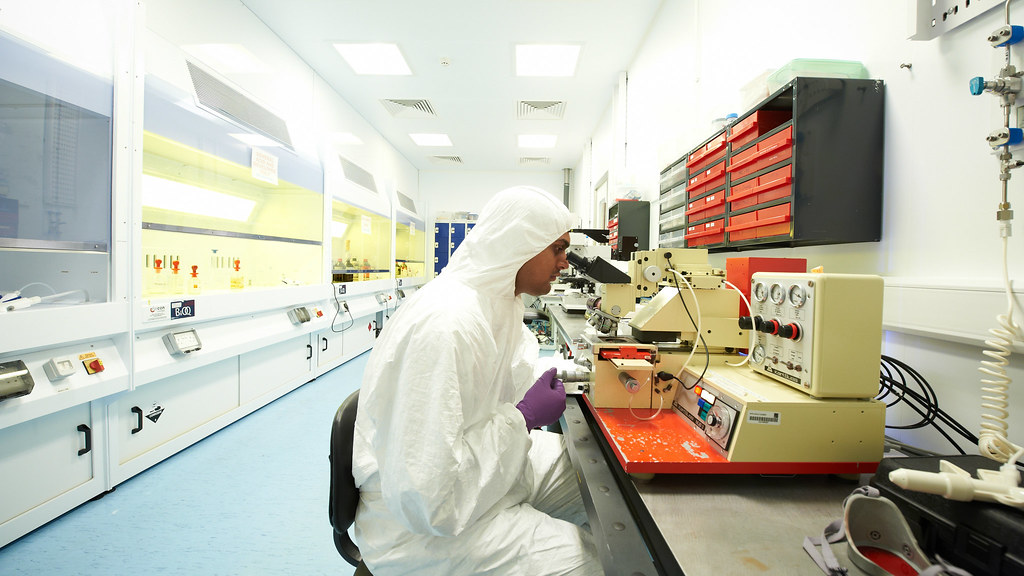A major new grant will enable UK universities to access the University of Bath's advanced nanotechnology equipment, which could pave the way for more sophisticated nanoscale electronic and photonic devices in the future.
The EPSRC funding, which began this week, will enable researchers from around the UK to use the electron beam lithography system in the David Bullett Nanofabrication Facility which is capable of producing tiny structures – smaller than one thousandth the diameter of a typical human hair.
This latest funding is for a renewal of a previous cycle of the access scheme which operated at Bath from 2007 to 2012. During this period, the University worked with over 44 users from 17 different leading UK academic institutions. The latest support is also part financing new equipment, a direct laser writer, to significantly enhance the package of services that can be offered to users.
Already well-established and widely used in the physical sciences and electronic engineering, one of the main aims of the access scheme at Bath is to promote the use of nanolithography in new interdisciplinary areas, such as biophysics. Prior work performed under the scheme involved the development of arrays of electrodes for making electrical measurements on individual STEM cells, as well as nanopatterned silicon substrates for studies of cell movement and differentiation.
New Head of the Department of Physics and project leader, Professor Simon Bending, commented: “We are delighted that one of the main UK funders of research in the physical sciences and engineering has again chosen to support this access scheme. We are very excited at the prospect of working together with external users to realise their research goals, especially those working in highly interdisciplinary areas at the interface with biological and medical science.”

